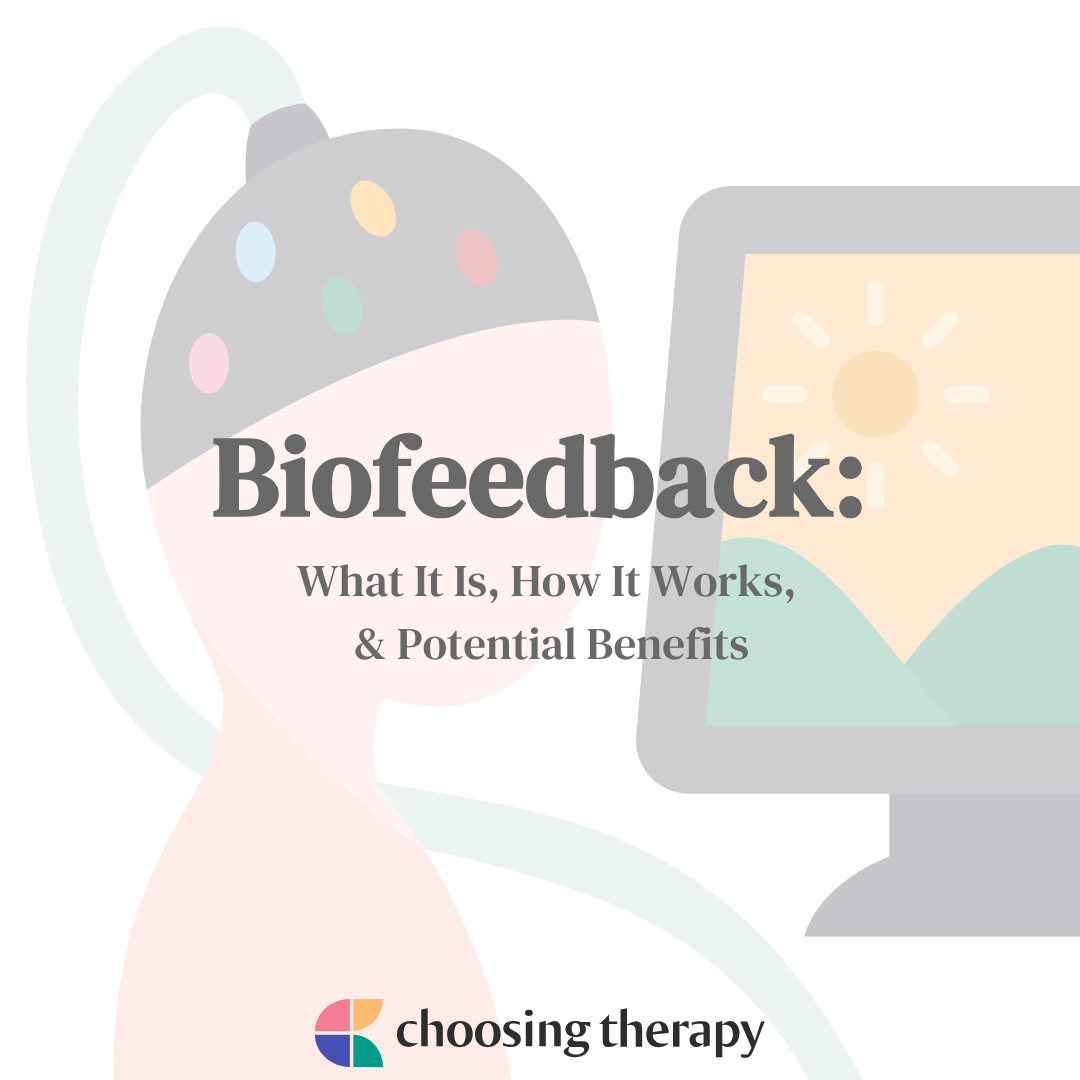Unveiling the Connection Among qEEG and Slumber Apnea Patterns for Improved Assessment and Therapy
Unveiling the Connection Among qEEG and Slumber Apnea Patterns for Improved Assessment and Therapy
Blog Article
Slumber apnea is a prevalent sleep disorder that affects many individuals around the world. It happens when a person's breathing is disrupted during sleep, leading to poor slumber quality and various medical issues. One of the ways researchers and physicians are working to better understand and identify sleep apnea is through a method called quantified EEG, or qEEG. This approach measures the electrical activity of the cerebrum and can offer important understandings into how sleep apnea impacts brain function and general well-being.
qEEG involves placing small electrodes on the head to capture cerebral waves. These brain oscillations are then analyzed to detect patterns that may suggest sleep disorders, including sleep apnea. By examining these trends, healthcare providers can gain a more precise picture of how sleep apnea interrupts typical cerebral activity during sleep. This data can be crucial for formulating effective therapeutic strategies tailored to specific patients. Understanding the relationship between qEEG and sleep apnea can lead to improved diagnostic methods and superior outcomes for those impacted by this disorder.
Studies has shown that people with sleep apnea often exhibit distinct alterations in their brain wave trends. For example, during instances of apnea, the brain may exhibit increased you could check here function in specific areas while additional regions become less active. These changes can influence how well a person slumbers and how refreshed they feel upon awakening. By employing qEEG to monitor these brain oscillation trends, doctors can identify specific traits of sleep apnea in patients, which can assist in formulating a more precise identification. This is especially crucial because sleep apnea can occasionally be confused for alternative sleep disorders, resulting to misguided treatments.
In addition to enhancing diagnosis, qEEG can also serve a role in evaluating the effectiveness of treatments for sleep apnea. For example, after a client begins using a continuous beneficial airway force (CPAP) device, which helps keep the passage clear during slumber, qEEG can be utilized to assess alterations in brain function. If the cerebrum shows improved patterns of sleep after initiating treatment, it may indicate that the treatment is functioning effectively. This feedback can help doctors formulate required adjustments to treatment strategies, ensuring that patients obtain the best treatment feasible.
In summary, the connection between qEEG and sleep apnea patterns is an exciting area of research that offers potential for improving diagnosis and treatment. By comprehending how sleep apnea impacts cerebral activity, healthcare providers can develop more efficient strategies to help patients attain better slumber and enhance their general well-being. As studies continues to evolve, it is likely that qEEG will turn into an integral instrument in the battle against sleep apnea, leading to better outcomes for those who experience from this difficult condition.